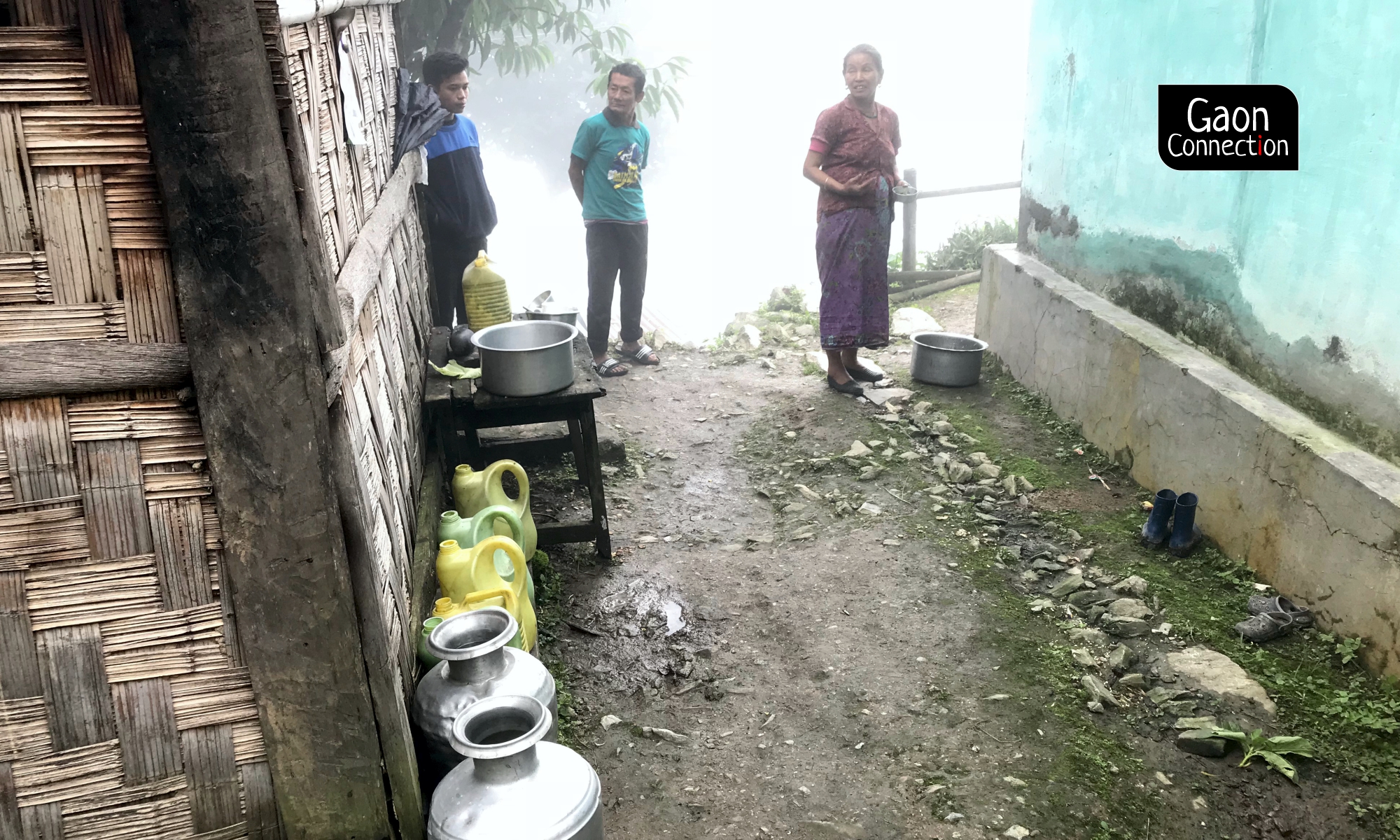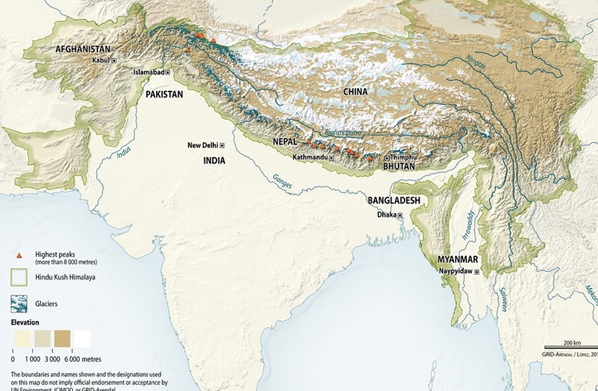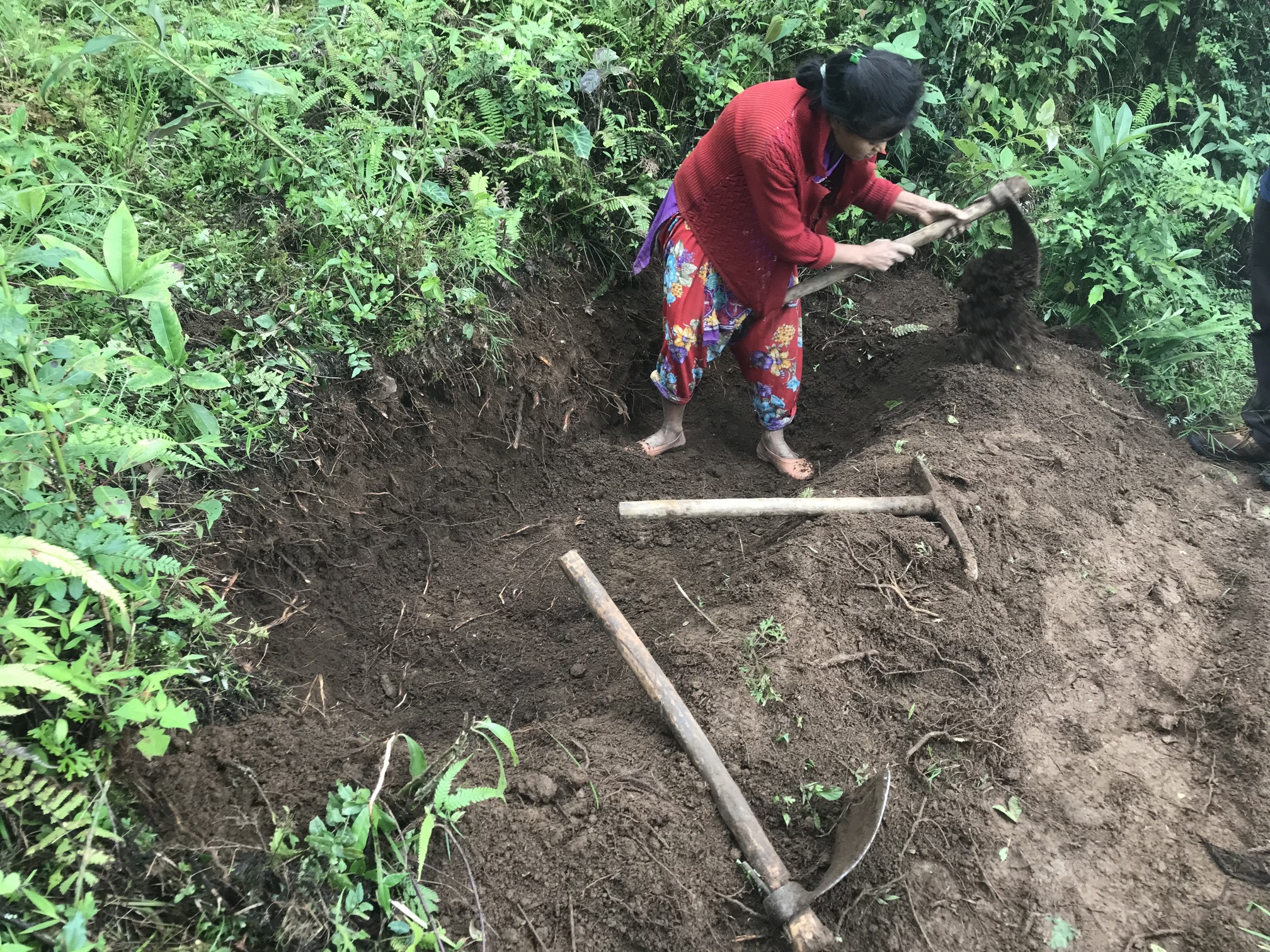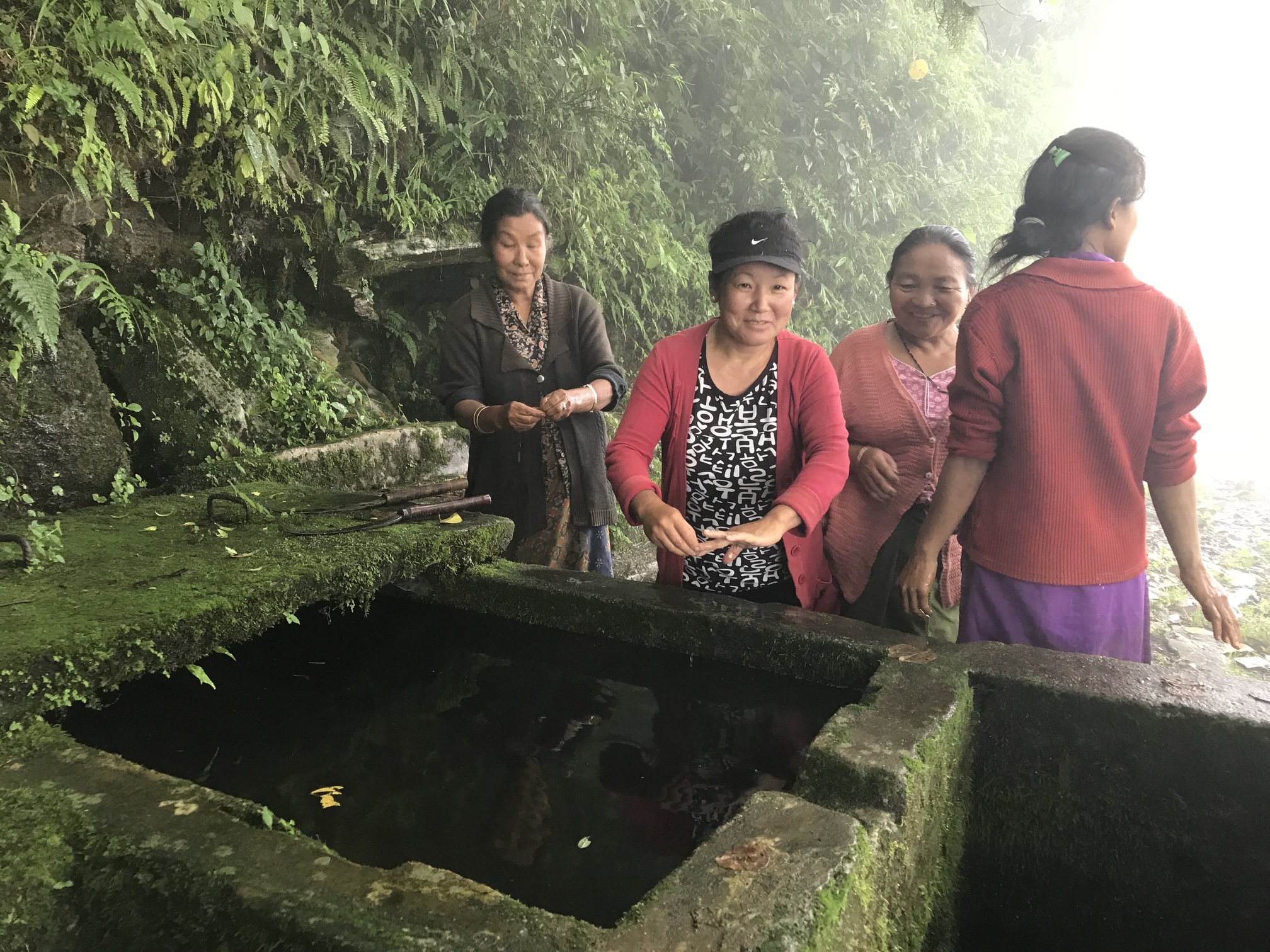Rapid urbanization, climate change increasing water stress in the Hindu Kush Himalayas
By 2050, more than 50 per cent population in the Hindu Kush Himalayas will live in hill cities. Rapid urbanization and climate change has already caused widespread water stress in the region


As the summer sets in the country, a large number of people in the plains are set to visit hill towns in the Himalayan region to take a break from the scorching heat of notorious Indian summer. But, all is not well with the hill towns, which are already facing an acute water shortage.
Not very long back, in mid-2018, Shimla, the state capital of Himachal Pradesh, had “run out of water” and local people told tourists to “stay away”. A couple of years back, the Meghalaya Institute of Natural Resources sampled 714 springs (source of drinking water) in the northeastern state and found 54 per cent of these had reduced discharge by up to 50 per cent.
Further, an August 2018 report by the NITI Aayog had noted: “half of the more than three million perennial springs in IHR [Indian Himalayan Region] states have either already dried up or become seasonal, resulting in acute water shortages across thousands of Himalayan villages.”
Drying up of springs and water scarcity is not limited to the Indian Himalayan region alone. A new study, conducted by a multi-disciplinary team across 12 towns in India, Pakistan, Nepal and Bangladesh in the Hindu Kush Himalayan region, and published in the February 2020 issue of the official journal of the World Water Council — Water Policy — has rang the warning bells for the Himalayan towns going dry.
“Unplanned urbanization is causing significant changes in land use and land cover and reducing the recharge areas of springs [in the Hindu Kush Himalaya]. Climate-induced changes in the physical environment have resulted in increased rainfall variability and heat stress. Extreme rainfall events are leading to more landslides, while an increase in average temperatures has caused glacier melt and subsequent changes in hydrological regimes in the region,” reads the recent study. “Most towns in the HKH [Hindu Kush Himalaya] meet their water needs from springs, streams, ponds, and lakes, which are largely interlinked systems, and their degradation and loss is leading to widespread water stress,” it notes.
Hindu Kush Himalaya support 1.3 billion people
Stretching over 3,500 kilometres and across eight countries – Afghanistan, Bangladesh, Bhutan, China, India, Nepal, Myanmar and Pakistan – the Hindu Kush Himalaya are referred to as the world’s most important ‘water tower’, as they are the source of ten of Asia’s largest rivers as well as the largest volume of ice and snow outside of the Arctic and Antarctica (Map: The Hindu Kush Himalayan region). Together these rivers support the drinking water, irrigation, energy, industry and sanitation needs of 1.3 billion people living in the mountains and downstream.

At present, only three per cent of the total population of the Hindu Kush Himalayan region lives in larger hill cities and eight per cent in smaller town. The rest in the rural areas. But hill towns are fast urbanising as people from villages are moving to urban centres in the Himalaya in search of livelihood. This is leading to changes in the land-use, and over-stressing the local water sources that are fast drying up.
As per the United Nations Department of Economic and Social Affairs (UNDESA), by 2050 more than 50 per cent of the population in the Hindu Kush Himalayan countries will live in hill cities. This, coupled with increased tourism, will add a huge burden on the water sources in the region.
The recent study, which includes a series of papers authored by a multi-disciplinary team of physical and social scientists, anthropologists, geographers, and planners, highlights the concerns around unplanned and haphazard development in the region that is leading to problems of inequity in water supply and unequal developmental outcomes.

Indian Himalayan region drying up
Take the case of the Indian Himalayan region, covering 10 states and four hill districts, where 50 million people and their livestock depend on local springs to meet their drinking water and irrigation needs. One of the papers in the February 2020 issue of Water Policy on the Indian Himalayan region notes “springs are under great threat from urban waste and sewage polluting the water bodies and catchments”.
An in-depth study of two towns in the Indian Himalayan region – Mussoorie and Devprayag (Uttarakhand) — finds in the current scenario of a changing climate (erratic rainfall, rising heat), natural springs, which are a source of water for the local people, are drying up. “Mussoorie experiences an acute shortage of water in summer, precisely when the town hosts numerous tourists. In Devprayag, religious tourism and in-migration from rural areas have contributed to rising demand. The reduced discharge in nearby streams has further widened the demand-supply gap,” reads the paper.
Another paper in the recent volume of Water Policy reaffirms some of the studies indicating climate risks, such as floods and landslides, are becoming more frequent, and therefore, they must be considered in the urban planning process in the region.
In the towns of Leh (Ladakh) and Dharamshala (Himachal Pradesh), notes the paper, the water supply comes from glacial melt. Climate parameters, such as snowfall, rainfall, temperature, decide water availability. But, “rapid and unplanned urbanization have impacted the hydrological regimes of Himalayan watersheds – it has reduced groundwater recharge; decreased the availability of water for drinking, sanitation, and crop production; depleted forests and biodiversity; increased risks of natural hazards and disasters, both in urban as well as peri-urban areas; and increased the water, food, livelihood, and health insecurities of mountain communities. Moreover, climate change has stressed urban ecosystems by increasing the frequency, severity and intensity of extreme weather events.”
The multi-disciplinary team, which has authored these series of papers, broadly blames increasing urbanisation and changing climate as two critical stressors adversely affecting the biophysical environment of urban areas in the Hindu Kush Himalaya. The authors warn the future looks bleak if the ‘business as usual’ scenario persists, and highlight the need for ‘course correction’.
In order to adapt to the issue of water scarcity and climate change in the Himalayan cities and towns, the recent study offers five recommendations. Firstly, protect and revive local springs (and their catchments) that are the main source of water for the hill communities. Supplement water supply through other sources as well.
Secondly, water governance needs to be addressed in hilly regions. The authors suggest ‘polycentric governance’, meaning multiple governing bodies and institutions interacting with one another towards a coherent goal of providing access to water, as a more suitable way to comprehend water governance.
Thirdly, poor and marginalised in the Himalayan region are most affected due to decline in water availability. There is a need to address the issue of equitable distribution of water. Fourth, women need to be made part of the planning and decision-making processes in the water sector so that they can offer solutions.
Lastly, climate change is posing serious challenges in the Hindu Kush Himalayan region. Mountain cities need to be viewed in the broader context of mountain water, environment, and energy

States adopt springshed development
As springs dry up in the Indian Himalayan region, a number of hill states have launched their own springshed development programmes to revive these local water sources. Sikkim is one of the first states to launch a programme way back in 2008-09 — Dhara Vikas — to revive springs.
In September 2016, Meghalaya launched its own springshed management programme after receiving funds under the National Adaptation Fund for Climate Change. It is estimated the state has around 60,000 springs and about 68 per cent of the state’s population depends on these springs for drinking purposes and farming. The Meghalaya government is mapping and inventorising springs in all its 11 districts.
In Mizoram, 20 springshed development plans are under preparation. Spring recharge activities on pilot basis have been undertaken in five critical springs in Aizwal district. In Manipur, revival of nine springs is underway with the support of NABARD (National Bank for Agriculture and Rural Development). The land resources department of the Nagaland government is implementing its own springshed management programme since October 2015.
Springshed development works have revived several springs in the hill state of Uttarakhand and local communities have taken ownership to maintain and protect these water sources.
Also read: In parched Northeast, a spring of hope

